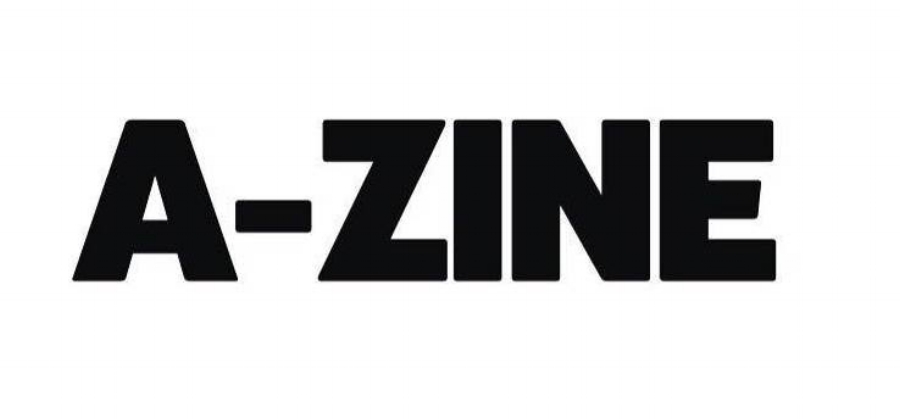How To Support Your Favourite Publications
Photo via Pinterest
By Lauren Payne
Last week, we woke up and Facebook had blocked all Australian news outlets from their platform.
In 2020, the editorial industry suffered a huge blow with multiple publications being shut down, or forced to become purely online entities. All of my social media feeds (even my Facebook feed), was full of fellow journalists expressing their disappointment at Facebook’s decision and urging their friends and followers to consume content throughout other avenues.
Throughout the COVID-19 pandemic, many journalists, writers and pop culture enthusiasts have moved towards more interactive platforms. Over the last 12 months, we’ve seen the rise of news podcasts and newsletters, giving readers information they need in bite-sized packages they can consume on the go. Now, with Facebook pulling the rug out from underneath Australian journalists, (although short lived) jumping ship to more diverse platforms has never been more important.
Why does it matter?
For years, I’ve been watching from the sidelines as some of my favourite publications have toppled under the weight of new technologies and higher-ups focusing more on the bottom line, rather than the content itself. Dolly, Yen, Harper’s Bazaar Australia, Elle, Men’s Health, Women’s Health, Instyle and countless other Australian publications have fallen due to financial constraints.
Overseas, the COVID-19 pandemic - as well as the editorial industries’ cultural reckoning - saw ManRepeller’s demise, and previously influential editors were forced to resign because of their unacceptable treatment of employees. The publishing and journalism industry is being shaken and this Facebook change was yet another reminder about how fragile the career of a journalist actually is.
Although the news content has since been reinstated on the platform, the impact of silencing content on Facebook temporarily shook the marketing strategies of publications across the world.
What can we do about it?
However, for all of the horrible feelings Facebook’s decision has brought on the journalism industry. It does affirm a move many independent publications started to make when the pandemic began last year. Following in form, as consumers it’s important for us now more than ever, to prove our loyalties to media outlets and access their content in ways they have more control over.
While following them on Twitter and Instagram is one way to access their content, subscribing to newsletters can also be a great way to stay up to date with information. If you’re afraid of your inbox being flooded with newsletters and the outlets’ updates getting lost in the mix, create a news folder in your email inbox and find a way to differentiate them from the influx of other emails you receive daily. If your favourite publication or news outlet has a podcast, subscribe to the podcast and listen to their episodes while you’re on the go.
The drama of Facebook removing news from their platform in Australia proved just how much publishers and journalists are currently at the mercy of Silicon Valley and how desperately the industry requires regulation and autonomy.
Where do we go from here?
The whole debacle made me question whether the future of journalism can co-exist with social media. Will news find a new way to be marketed and ingested? And can we protect the media simply by supporting them through various other platforms?
Without any concrete answers, it’s clear the way forward is to support those you value, enjoy and consume. Because the alternative is, without clicks, engagement and tangible support, your favourite publishers may cease to exist.

